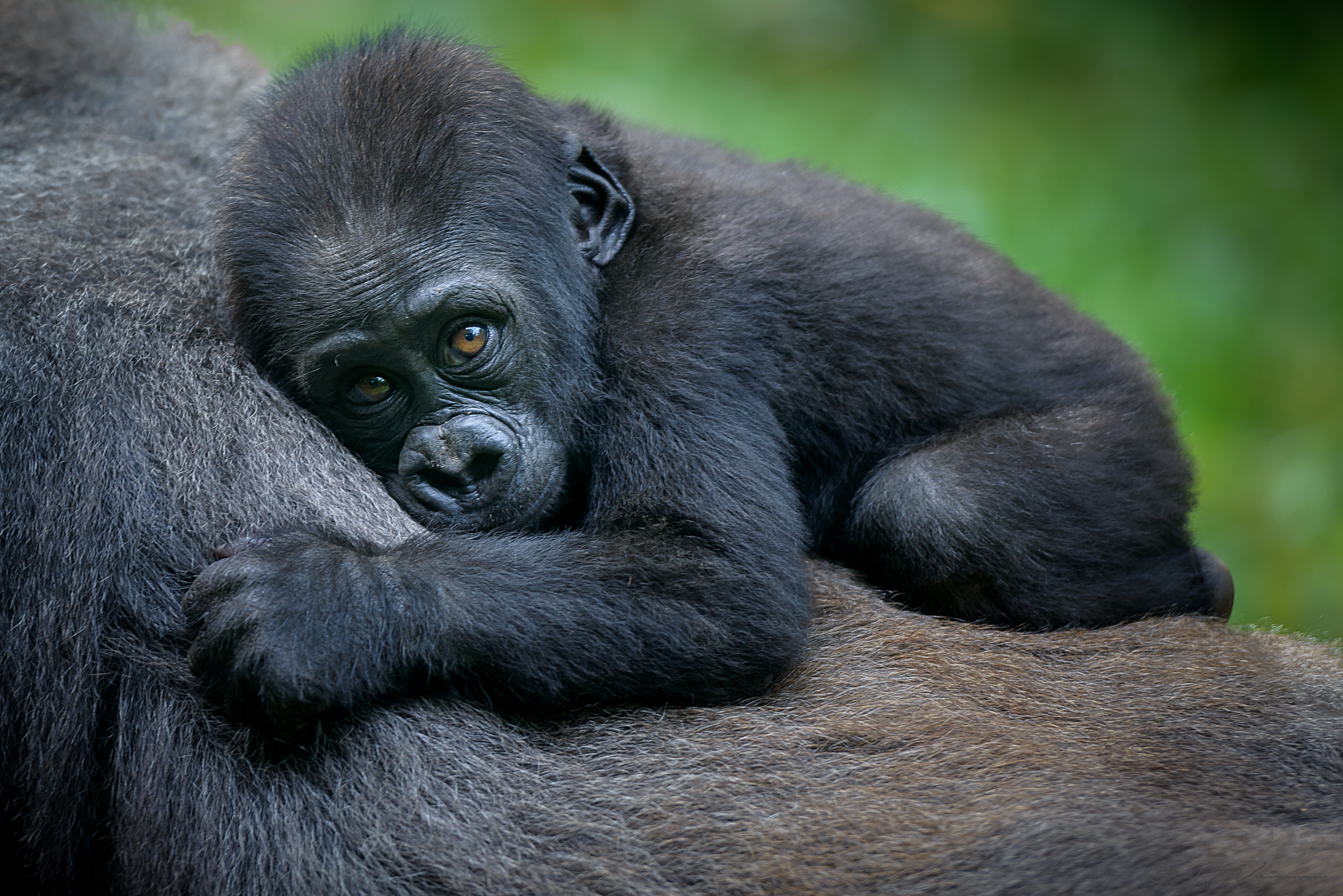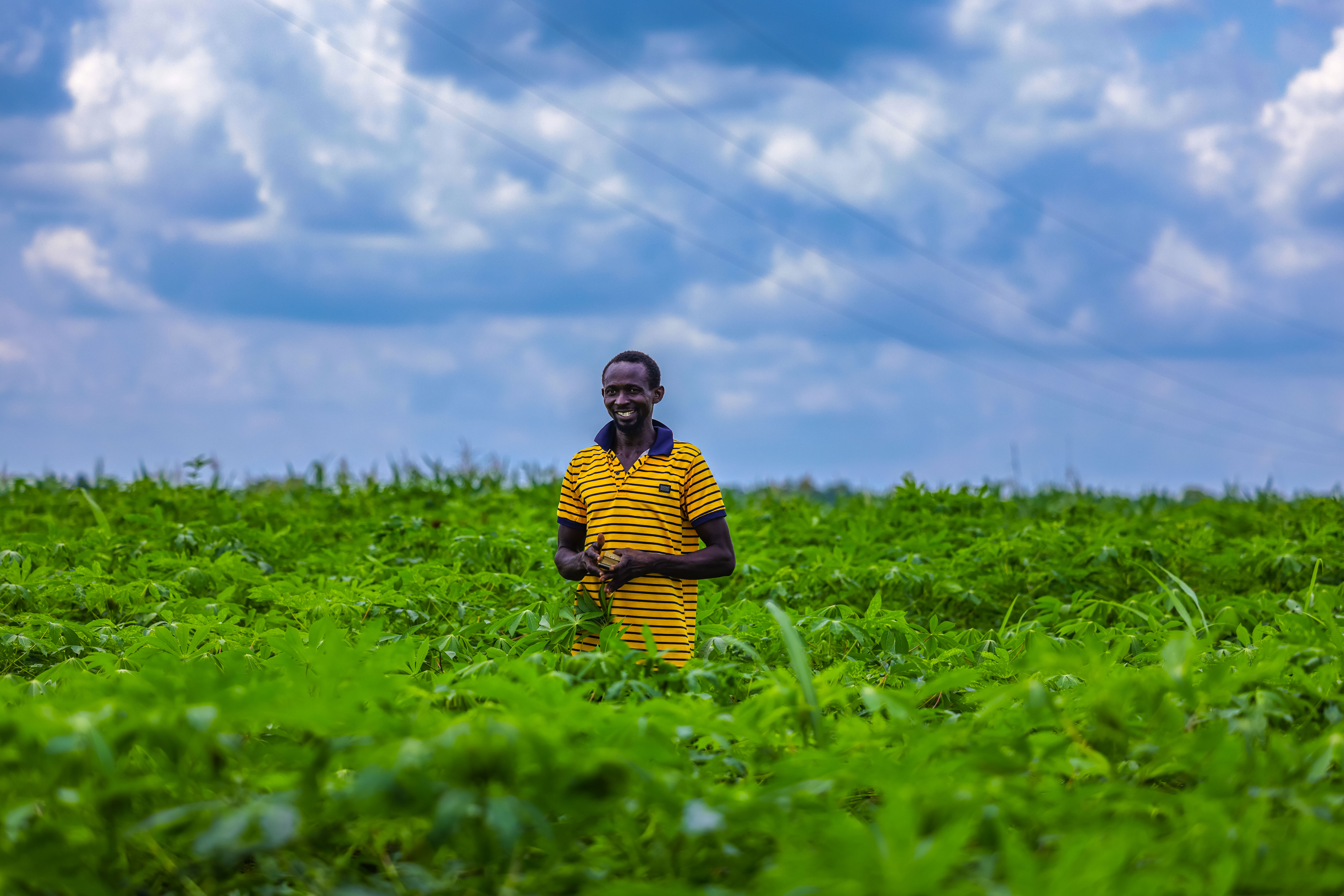The Power of Local Communities in shaping Rwanda’s biodiversity future
May 23, 2023

The population of mountain gorillas in Rwanda is slowly increasing, thanks to concerted efforts between the Government, local communities and conservation organisations.
Biodiversity conservation in Rwanda is at a critical juncture. On the one hand, we celebrate remarkable successes, such as the recovery of the mountain gorilla population, the reintroduction of the black rhino, and forests that cover over 30% of our land. On the other hand, we face the grim reality of habitat loss, poaching, ongoing deforestation and significant population declines in large mammals like elephants and giraffes. Such realities underscore the need for a holistic approach to conservation that recognizes the central role local communities play.
I first witnessed this role more than ten years ago when I met Jean Baptiste, a farmer from Musanze district, Rwanda. Once a poacher in the Volcanoes National Park, he had transformed his life, thanks to a transboundary initiative to protect the greater Virunga region. This initiative helped local poachers to halt their activities and start sustainable income-generating ventures. Jean's life saw a radical shift; he upgraded his living conditions, invested in diversified agriculture, and even sent his daughter to university abroad.
Since then, things have changed for the good in Volcanoes National Park. Conservation programs have improved the livelihoods of local communities, including through revenue sharing and community-based tourism programs. They have funded community development projects, reduced people’s reliance on natural resources and made them conservation allies. As a result, the population of mountain gorillas has increased from 480 individuals in 2010 to over 1,000 in 2022across the park and the whole Virunga Massif. The park’s story highlights the transformative potential of conservation projects that are not just pro-environment, but also pro-people.
However, not all conservation stories are as successful. Across Rwanda and Africa, when local communities are inadequately involved, these projects risk failure. For example, a forest restoration project in northern Nigeria failed when it ignored important socioeconomic factors and the communities continued collecting fuelwood from recently planted trees. Community engagement from the outset could have highlighted the need for alternative sources of cooking energy as an incentive to reduce reliance on firewood for cooking. In Rwanda, although forest cover has been rising over the past years due to various government measures, habitat loss continues. For example, after the Gishwati – Mukura Forest reserves received national park status, protection allowed the forest within park boundaries to recover. But communities bordering the protected areas lacked alternative livelihoods and continued tree cutting and vegetation clearing for fuelwood and agriculture.
Human activities are degrading our planet’s biodiversity. Urgent action is needed, as biodiversity is the foundation of life on our planet and 50% of the global GDP depends on natural resources and ecosystem services. Recognizing this, more than 170 countries adopted a new Global Biodiversity Framework (GBF) in December 2022 in Montreal. It offers a roadmap for inclusive conservation and outlines ambitious global targets of restoring 30% of terrestrial and marine ecosystems by 2030 and greatly reducing the loss of areas of high biodiversity importance and ecological integrity. It also highlights the importance of meeting people’s needs through sustainable use of environmental resources and benefit-sharing.

Addressing conservation challenges calls for strategies that consistently prioritize local communities. Across Rwanda and Africa, when local communities are adequately involved, they become conservation allies
Rwanda is particularly vulnerable to biodiversity loss, as its economy heavily relies on natural resources, such as healthy soil and fresh water for agriculture. But the protection of biodiversity has been an uphill battle. Economic development and rapid population growth have increased demand for land for urbanization (increased from 4% in 2003 to 18% in 2019), agriculture (899.133 Ha in 2002 to 1.4M Ha in 2021), and infrastructure, resulting in deforestation and habitat loss and contributing to climate change.
Addressing conservation challenges calls for strategies that consistently prioritize local communities. As seen in Volcanoes National Park, their involvement ensures ownership and longevity, as they are responsible for the long-term stewardship of ecosystems. In addition, local communities' extensive knowledge of land management and local ecosystems can provide invaluable insights for planning effective initiatives.
It is key to understand why ecosystems degrade. By first addressing local communities' needs and providing incentives, we can promote sustainable environmental management, raise awareness, and educate on co-existing with nature beneficially.
The United Nations Development Programme (UNDP) has taken this approach in Amayaga region. With additional support from the Global Environment Facility, the Green Amayaga Project aims at restoring the forest landscape and improving livelihoods. Implemented by the Rwanda Environment Management Authority, the project trains youth cooperatives and farmers on climate-smart agriculture practices to increase production and ensure food security. It has provided livestock to communities, run awareness campaigns to promote clean cooking solutions and provided households with improved cookstoves that reduce the use of firewood for cooking.
The Global Environment Facility has offered countries the opportunity to review their national biodiversity strategies considering the new Global Biodiversity Framework, to prepare for its rapid implementation. This presents an opportunity for Rwanda to learn from past experiences and develop a more consistently inclusive approach to conservation.
The Global Biodiversity Framework will only succeed if biodiversity initiatives recognize the importance of engaging local people as primary stakeholders because they are the ones who live closest to and depend most on nature. Rwanda has already been a leader in this regard, but it can do more.
By fully engaging local communities in our conservation efforts, we can protect our precious biodiversity and foster sustainable development for all Rwandans. People are not just observers of biodiversity; they are integral to its conservation.

 Locations
Locations